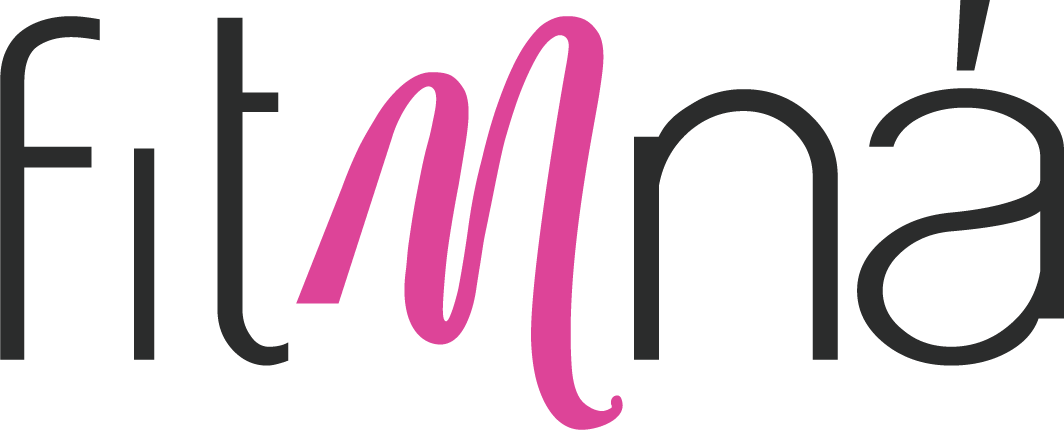Hormones and Your Training
Unlike men women have a monthly cascade of hormones that effect everything from our mood, energy and our strength. Yep, you read that right depending on your time of the month you might knock out that PB or find yourself fatiguing at the end of your warm up set. Recently more and more trainers have begun to tailor training programmes to women’s menstrual cycle to help them achieve better results. The research is debateable about the best practices to follow but it’s worth taking note of your own cycle and observing how you feel.
First let us recap on the menstrual cycle. Follicular phase is from Day 1 of menstruation (bleeding) to ovulation (release of the egg) about 14-15 days later. This phase is characterised by increasing oestrogen, normal progesterone, and an average body temperature. When you ovulate, your oestrogen level peaks and progesterone starts to increase. You'll also notice you start to feel warmer. The luteal phase is from ovulation through to the next menstruation (Days 14 to 28-31). Oestrogen is starting to decline, progesterone is increasing, and your body temperature remains higher than baseline. Sometimes this is referred to as the high hormone phase. As well as controlling your reproductive function these hormones can also influence your strength and endurance.
The follicular phase is when women should focus on progress. You may have a higher tolerance for pain, you are at your strongest with the highest maximum voluntary force generation capacity and increasing levels of endurance. Your body will also be more able to use muscle glycogen to fuel exercise due to higher insulin sensitivity during this stage. So those high carb meals are great for fuelling and refeeds.
During ovulation, your strength levels will still be high. If you want to set a PR, now is the time to try! But high oestrogen levels can make women more prone to injury so make sure your form is correct and take longer to warm up. Metabolism also starts to rise here so adding a few extra calories to your diet from unprocessed foods is a great idea.
During the luteal phase, your body temperature is higher than normal and you'll experience higher cardiovascular strain and a decrease in time to exhaustion. Your body will also rely more heavily on fat as a fuel source during the luteal phase instead of muscle glycogen. Doing workouts that can utilise fat as fuel is a wise move. An exercise plan that combines lower-intensity cardio training and moderate intensity strength work will be best. However, you can often experience high carb cravings as your serotonin levels are quiet low. But your insulin sensitivity is now at its lowest point and the lower intensity of your workouts mean you need to keep your carb intake under control.
Tracking your menstrual cycle is key to seeing how these different phases affect your workouts. Apps like Fitr Woman and Wild AI are great but you can also use a calendar or notebook. A note on fertility, if you are trying to conceive having some data on your “normal” menstrual cycle is invaluable. You are fertile around ovulation so by tracking this you can know the right time to get down to it! It also helps you to trouble shoot any potential problems with your GP.
So by factoring in your menstrual cycle you can learn to work with your body and not against it meaning a happier and healthier you!
